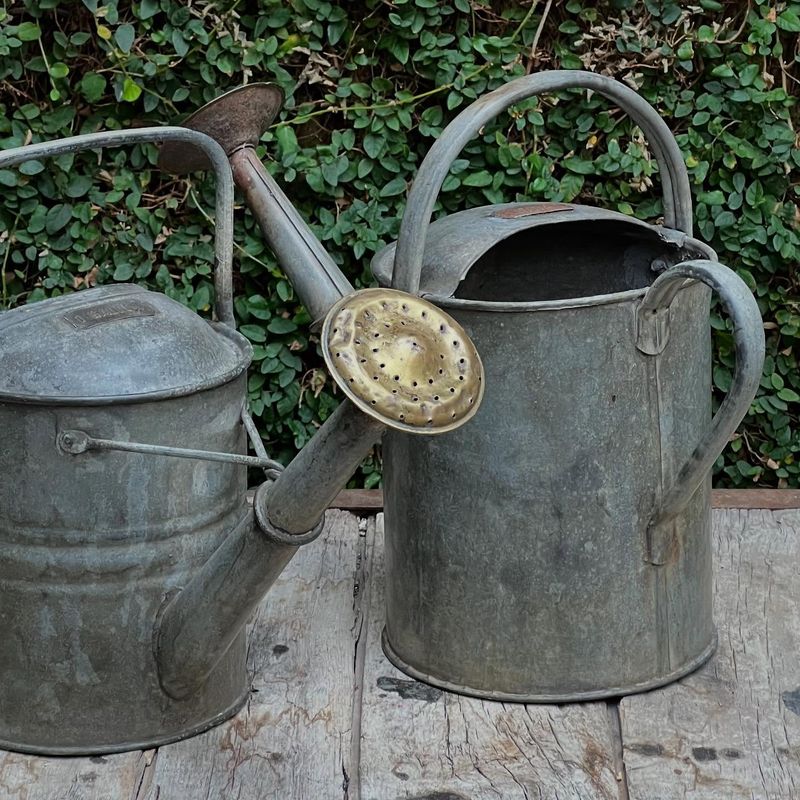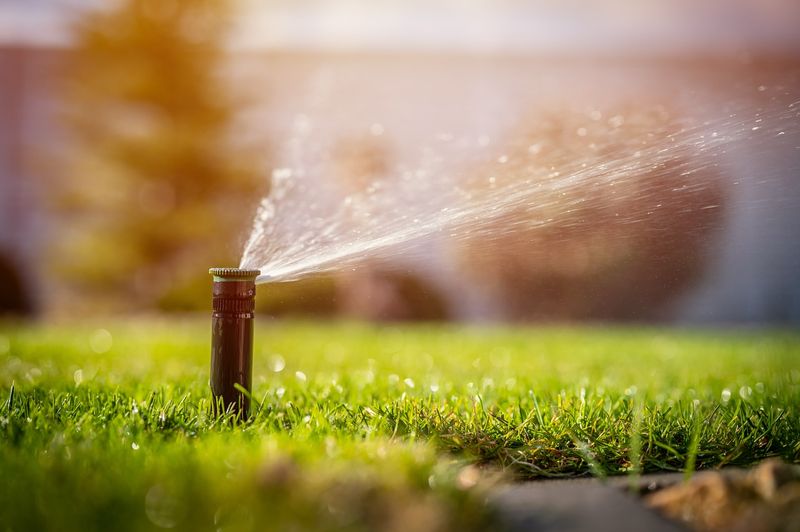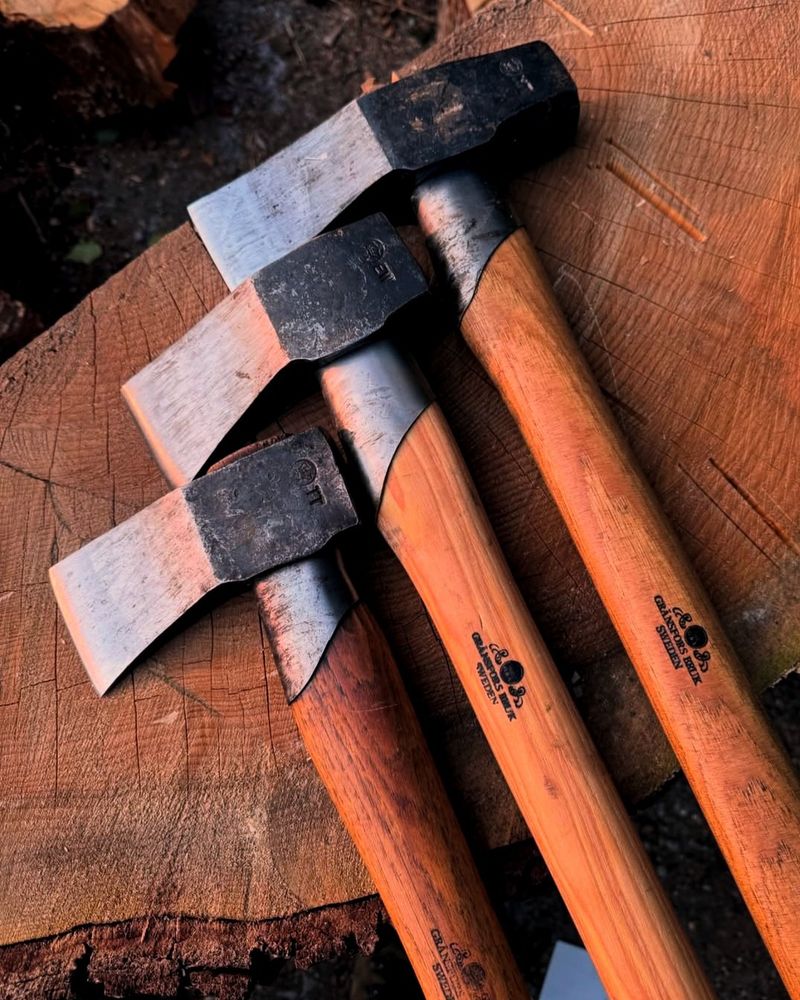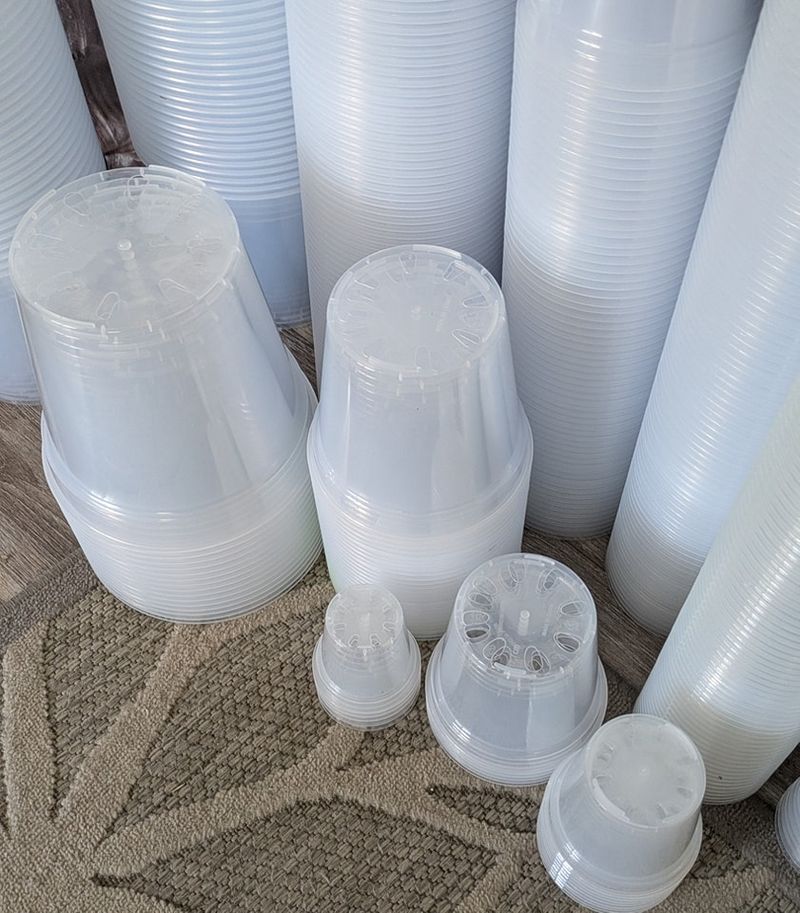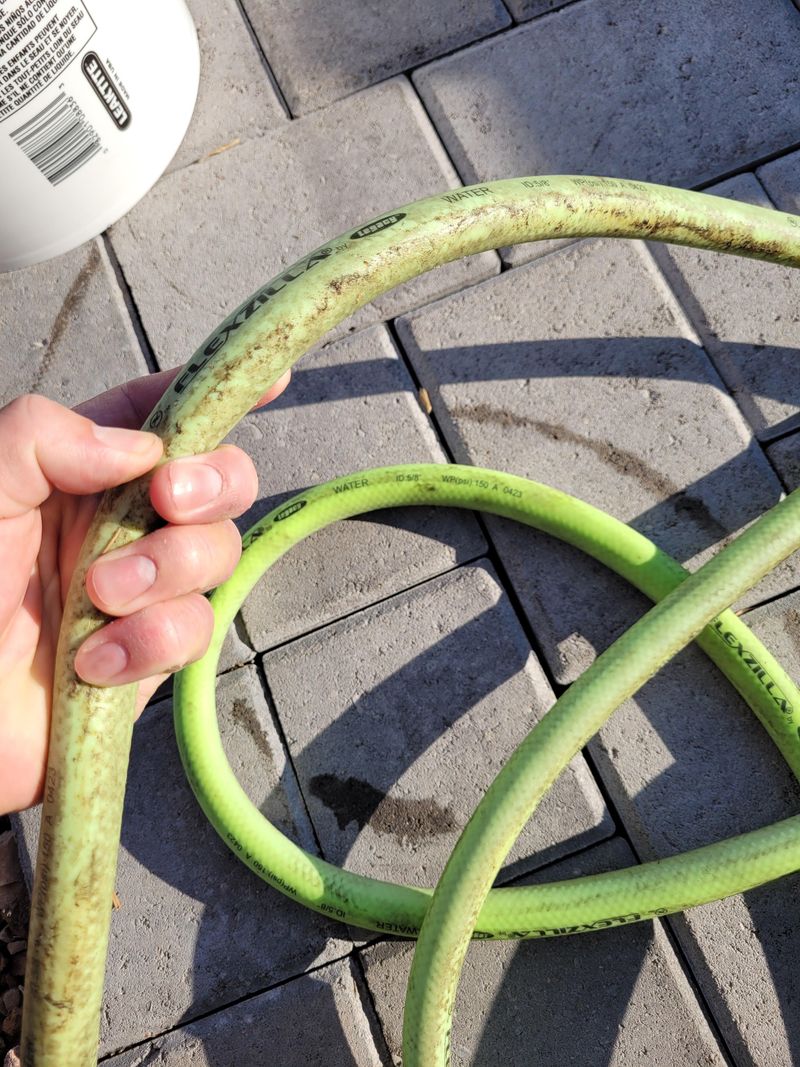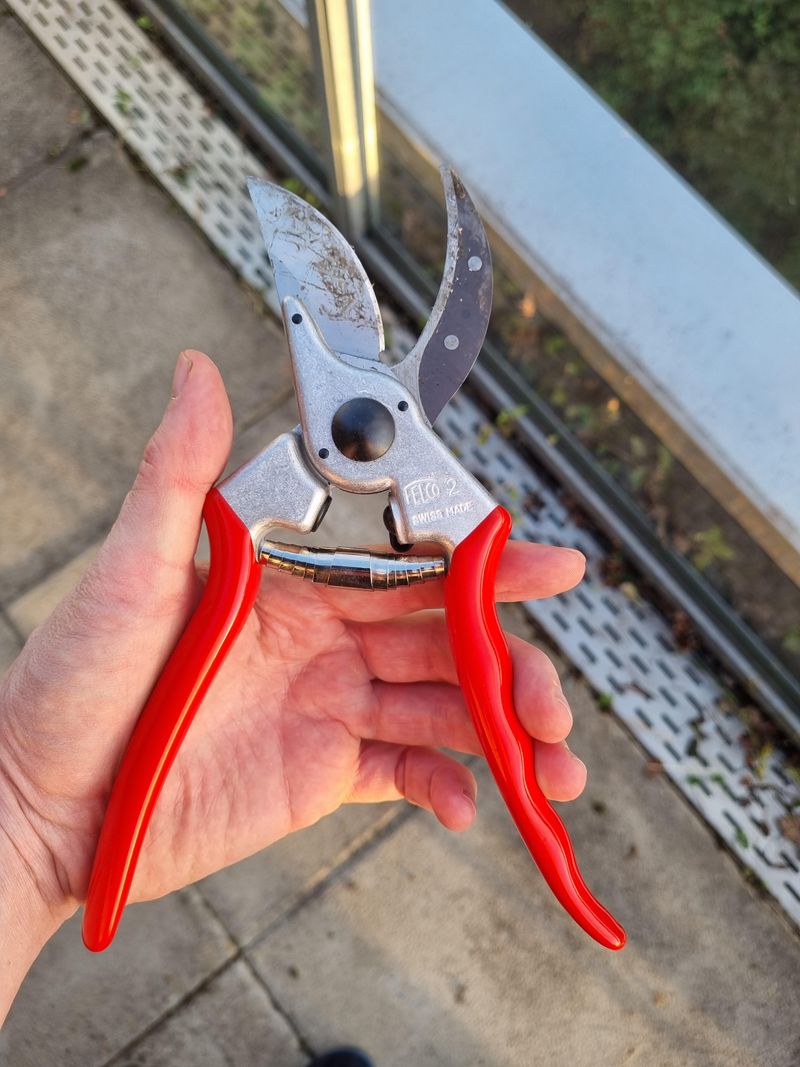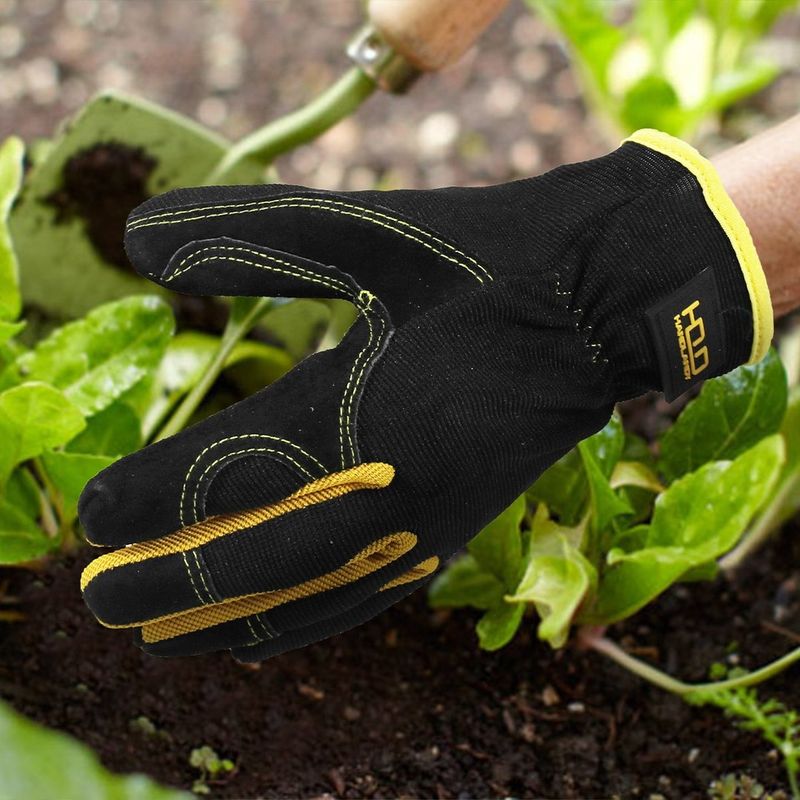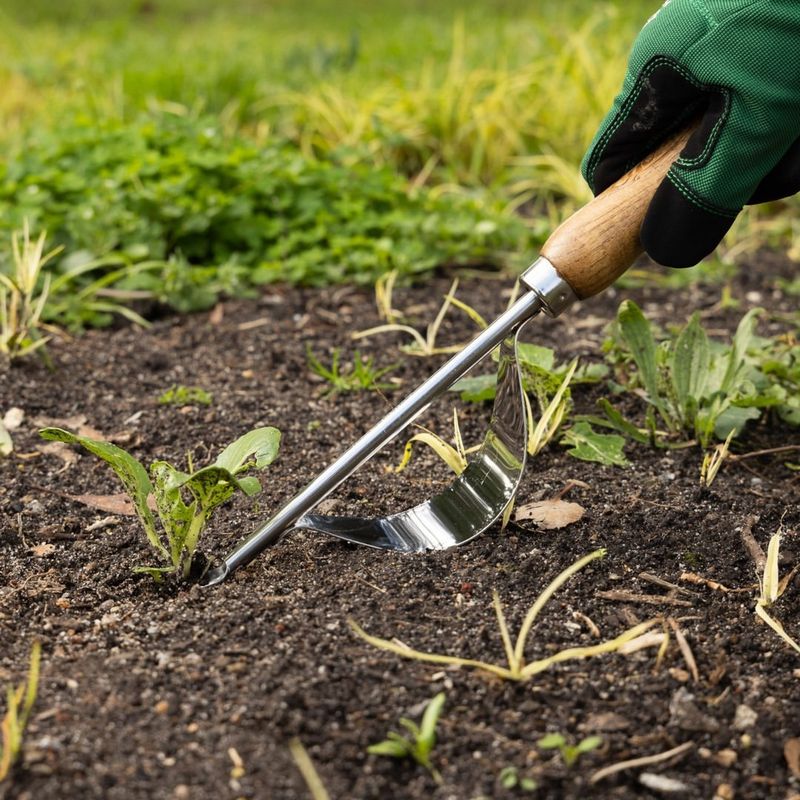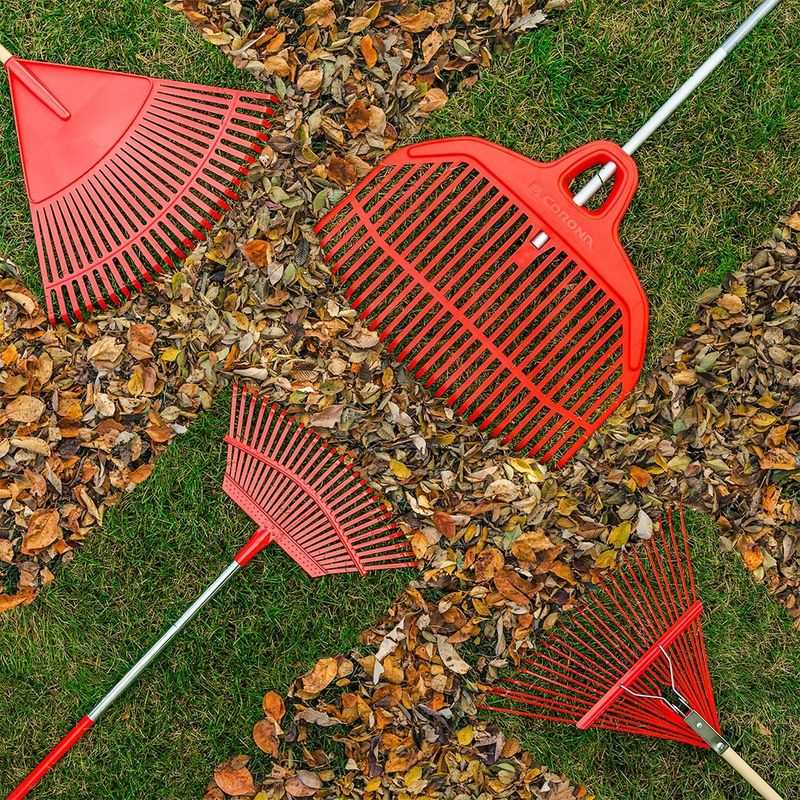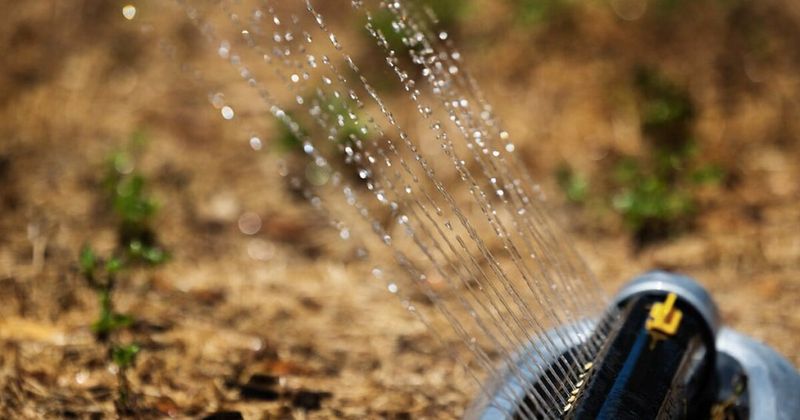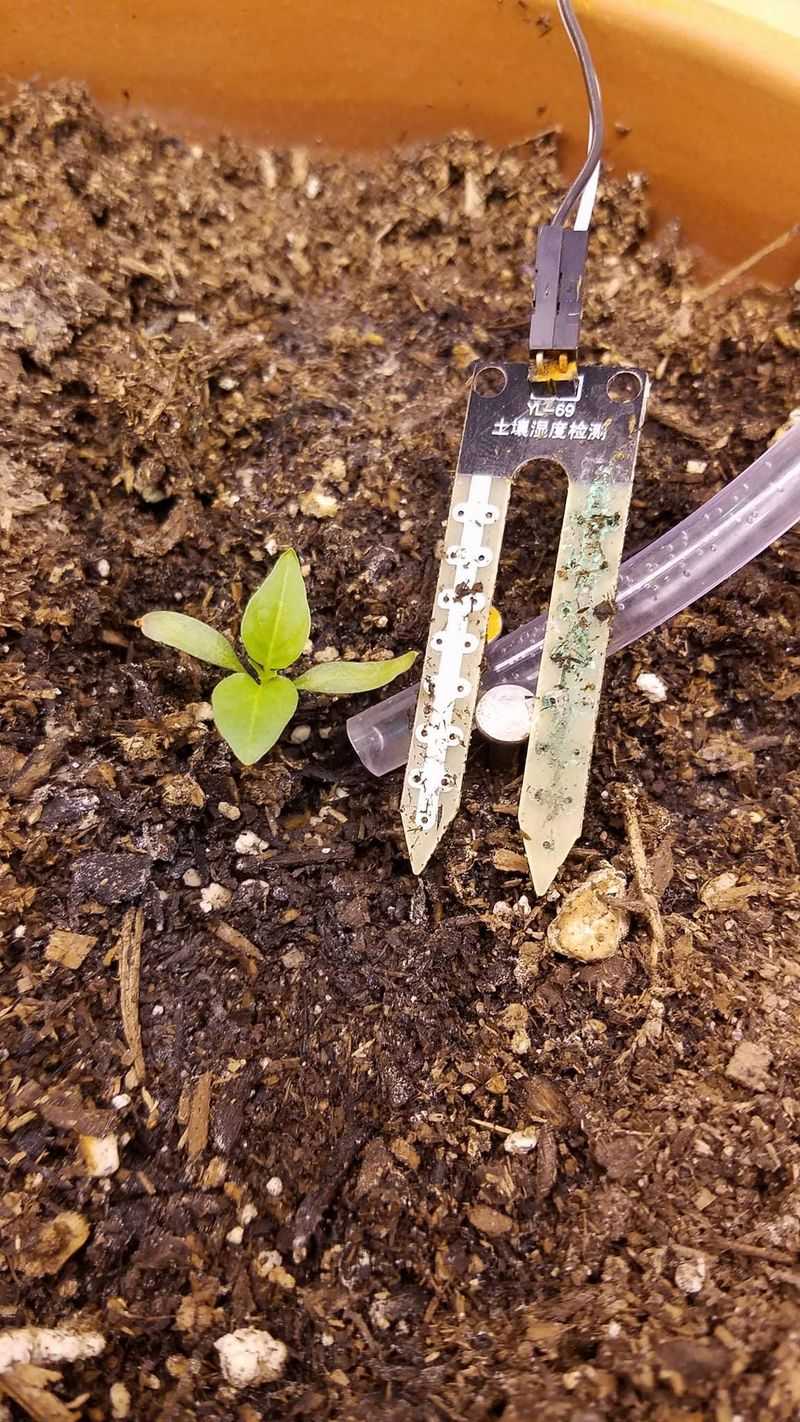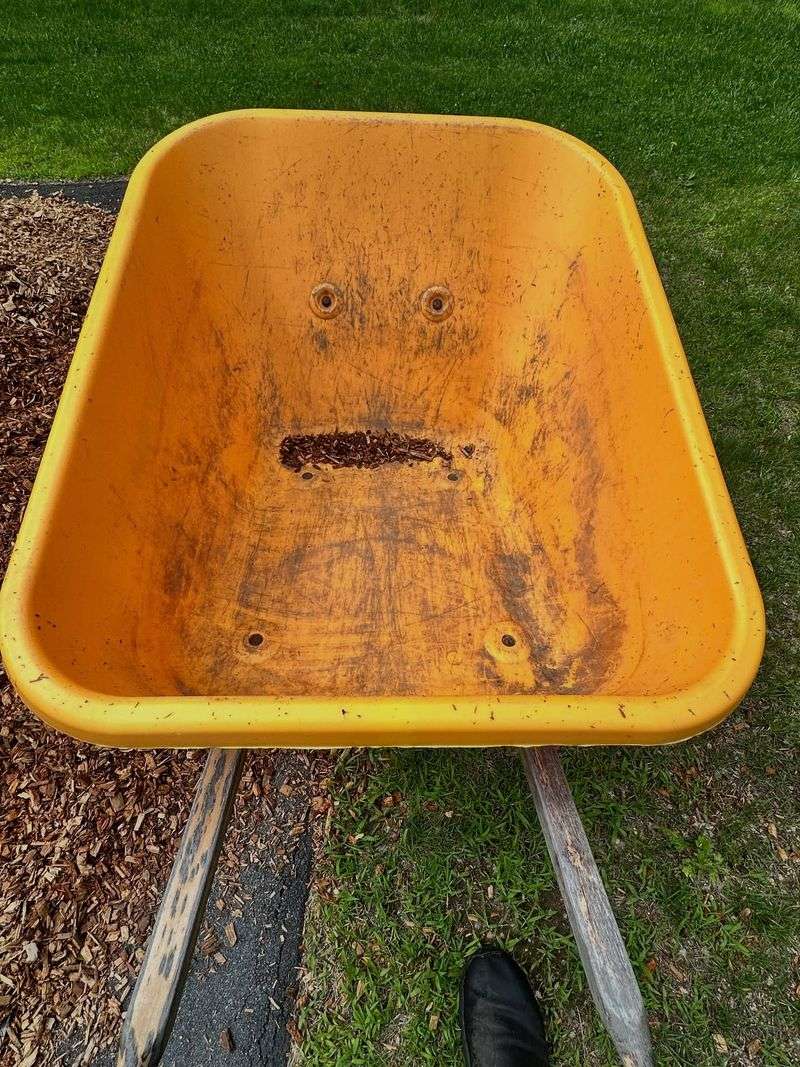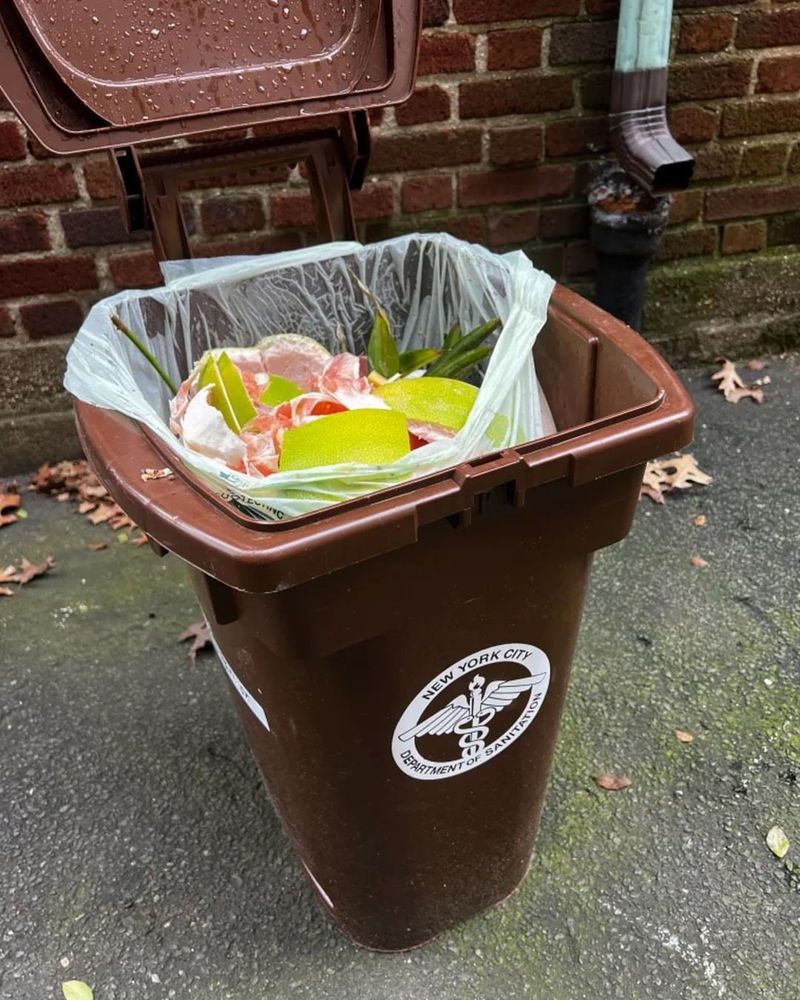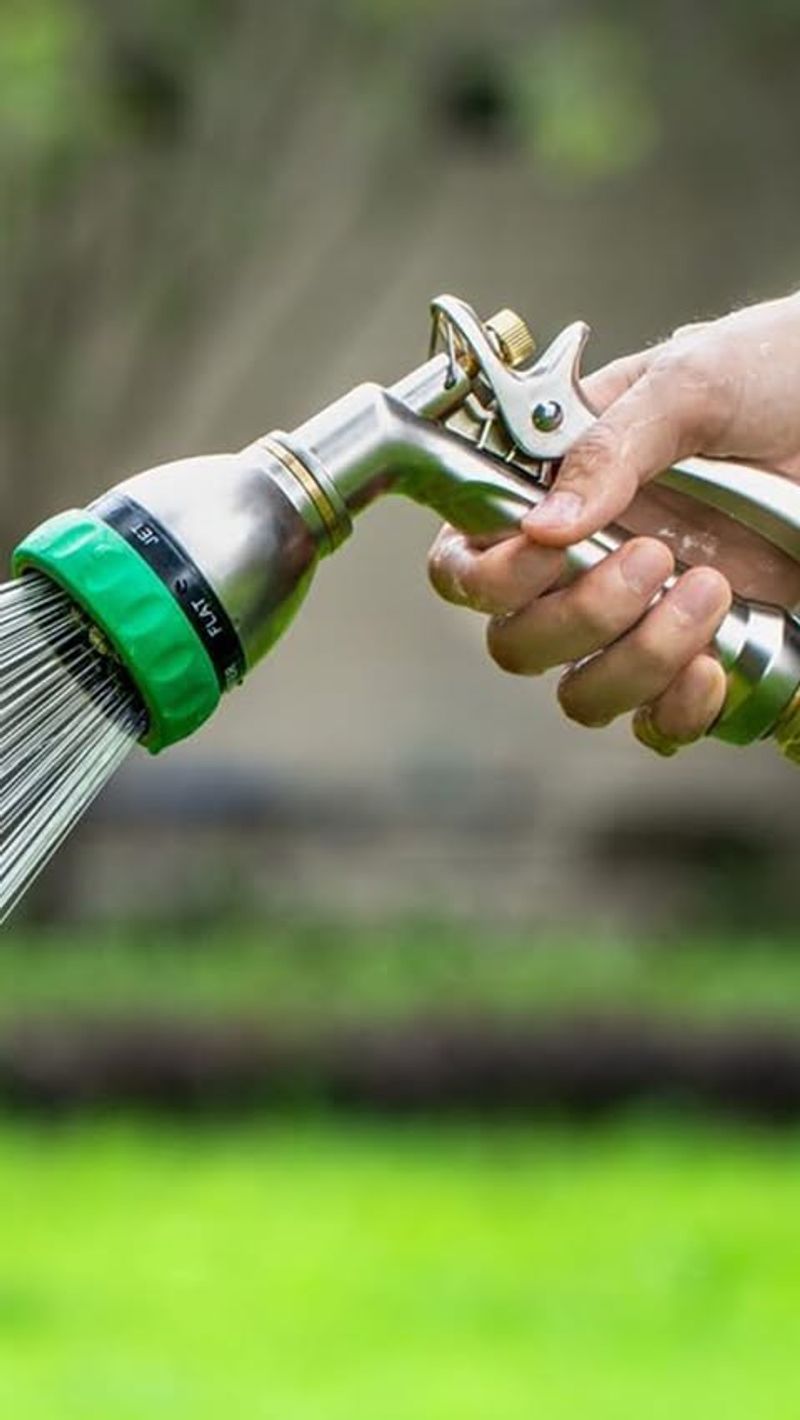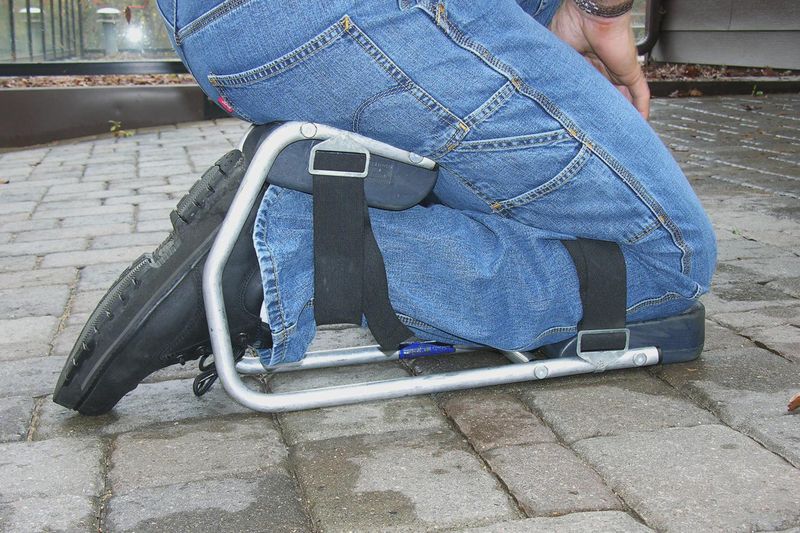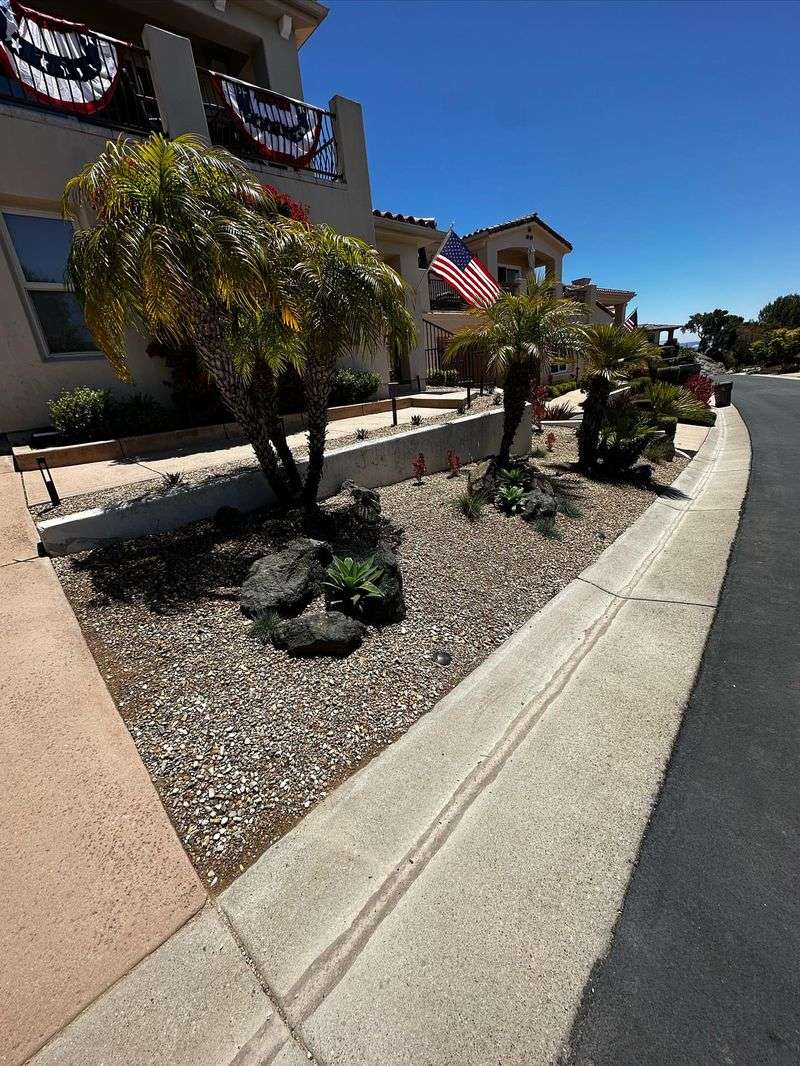Gardening in Arizona’s harsh desert climate requires specialized tools that can handle the unique challenges. Your trusty garden companions might actually be making your life harder if they’re not suited for our dry, rocky soil and scorching temperatures.
Time to clean out that shed and upgrade your garden arsenal with tools that will help your desert oasis thrive.
1. Rusty Metal Watering Cans
Arizona’s mineral-rich water speeds up the rusting process on metal watering cans, contaminating your soil with harmful rust particles. These outdated tools waste precious water through leaks and uneven flow.
Modern alternatives like plastic watering cans with adjustable spouts or drip irrigation systems conserve water while delivering precise amounts to your desert plants. Your water bill and plants will thank you!
2. Standard Non-Adjustable Sprinklers
Standard sprinklers are water-wasting nightmares in Arizona’s drought-prone climate. They spray water indiscriminately, leading to evaporation before moisture reaches plant roots.
The water that does hit the ground often causes soil erosion in our delicate desert landscape. Replace these outdated sprinklers with adjustable drip irrigation systems that deliver water directly to plant roots, reducing waste by up to 60% while keeping your desert garden lush.
3. Wooden-Handled Tools With Splits
Arizona’s extreme heat and dry conditions wreak havoc on wooden tool handles, causing splitting, splintering, and eventual breakage. Those cracks harbor bacteria and fungi that can transfer to your plants.
Splinters from deteriorating handles can cause painful injuries during gardening sessions. Upgrade to fiberglass or metal-handled tools with rubberized grips that withstand our harsh climate while providing better leverage and comfort for digging in our challenging desert soil.
4. Thin Plastic Plant Pots
Flimsy plastic pots crack and deteriorate rapidly under Arizona’s intense UV rays. When exposed to our triple-digit temperatures, these pots cook plant roots and accelerate soil drying, stressing your precious plants.
The dark colors typically found in cheap plastic pots absorb heat rather than reflect it. Switch to thick ceramic, terracotta, or specialized UV-resistant containers that insulate roots from temperature extremes and allow proper airflow, giving your desert plants a fighting chance.
5. Standard-Issue Garden Hoses
Regular garden hoses become dangerous liabilities in Arizona summers. Left in the sun, water inside can reach scalding temperatures that can burn plants and gardeners alike.
These hoses deteriorate quickly, leaching chemicals into your garden soil and developing cracks that waste water. Replace them with specialized desert-rated hoses featuring UV protection, insulation layers, and burst-resistant materials that can withstand our extreme climate while keeping water at safer temperatures.
6. Dull Pruning Shears
Struggling with dull pruning shears in Arizona’s woody, drought-resistant plants is like trying to cut steak with a butter knife. Blunt blades crush plant tissues instead of making clean cuts, creating entry points for diseases that spread quickly in our warm climate.
Dull shears require extra force, increasing hand strain and making pruning sessions painful. Invest in high-quality, easy-to-sharpen pruners designed for desert plants with tough, fibrous stems and branches.
7. Light-Duty Garden Gloves
Flimsy garden gloves are no match for Arizona’s thorny desert plants and scorching heat. Thin gloves tear easily on cacti spines and offer zero protection from our venomous desert creatures like scorpions and spiders.
Lightweight gloves also fail to insulate hands from hot soil and tools. Upgrade to puncture-resistant, breathable gloves with extended cuffs that protect your wrists and forearms from thorns while providing crucial insulation from hot surfaces during summer gardening.
8. Short-Handled Gardening Tools
Short-handled tools force you to bend and kneel more, exposing you to Arizona’s intense ground-level heat that can reach 170°F in summer. This unnecessary strain leads to heat exhaustion and back pain.
These tools also limit your reach when working with thorny desert plants. Replace them with long-handled alternatives that let you maintain a comfortable distance from both hot ground and prickly plants while reducing back strain in our challenging desert gardening conditions.
9. Non-Adjustable Rakes
Standard fixed-width rakes are poorly suited for Arizona’s varied desert landscaping. They’re too wide for navigating between cacti and succulents but too narrow for efficiently clearing our constant barrage of fallen palm fronds and mesquite pods.
Metal tines often get caught on desert plants, causing damage. Upgrade to adjustable-width rakes with flexible, non-damaging tines that can be customized for different areas of your desert landscape, making maintenance faster and less frustrating.
10. Water-Hungry Lawn Sprayers
Broadcast lawn sprayers are dinosaurs in Arizona’s water-conscious gardening world. These wasteful devices spray precious water into the air where much of it evaporates before reaching plants, especially during our hot, windy days.
They also promote shallow root growth, creating less drought-resistant plants. Replace them with targeted watering systems like soaker hoses or smart irrigation controllers that adjust water output based on weather conditions, saving money while promoting healthier, deeper root systems.
11. Soil Moisture Meters Made for Humid Climates
Generic moisture meters calibrated for humid regions give wildly inaccurate readings in Arizona’s dry soil conditions. They’ll have you either drowning your desert plants or leaving them parched.
Our mineral-heavy soil also damages standard probes quickly. Invest in moisture meters specifically calibrated for arid regions with extended probes that reach deeper root zones. Better yet, upgrade to smart soil sensors that connect to your phone and provide accurate readings tailored to desert plant varieties.
12. Cheap Plastic Wheelbarrows
Flimsy plastic wheelbarrows crack and warp under Arizona’s intense sun, often failing right when you’re hauling heavy loads of rock or cactus soil. Their thin wheels sink into our sandy soil, making them frustratingly difficult to maneuver.
The black plastic common in budget models absorbs heat, making them too hot to touch by midday. Upgrade to metal or commercial-grade poly wheelbarrows with pneumatic tires designed for rough terrain and reinforced handles that won’t snap when navigating our rocky desert landscapes.
13. Standard Compost Bins
Traditional enclosed compost bins turn into useless baking chambers in Arizona heat, cooking beneficial microbes instead of supporting them. The extreme temperatures and low humidity prevent proper decomposition while creating perfect conditions for unwanted pests.
Our desert winds often knock over lightweight models. Switch to specialized desert composting systems with ventilation, shade features, and secure anchoring. Or try trench composting, which works better in our climate by keeping organic matter underground where moisture is retained.
14. Metal-Tipped Garden Hose Nozzles
Metal nozzles become dangerous heat conductors in Arizona summers, reaching temperatures that can cause serious burns. They also deteriorate quickly as our mineral-heavy water causes corrosion and clogging.
The metal components expand and contract with extreme temperature fluctuations, leading to leaks and cracks. Replace them with high-quality polymer nozzles featuring insulated grips, multiple spray patterns for desert plant needs, and mineral-resistant components that won’t corrode or overheat in our punishing sun.
15. Non-Breathable Garden Kneelers
Standard foam kneelers become unbearable sweat traps in Arizona’s heat, making gardening uncomfortable and potentially dangerous due to heat stress. Solid kneelers also trap and reflect heat upward toward your body.
Most materials deteriorate rapidly under our intense UV exposure, cracking and falling apart after just one season. Upgrade to mesh or ventilated kneelers with UV-resistant materials and reflective surfaces that stay cooler, or try specialized desert gardening seats that keep you elevated above the hot ground.
16. Outdated Irrigation Timers
Basic irrigation timers waste gallons of precious water in Arizona by running on fixed schedules regardless of weather conditions. They continue watering during our monsoon downpours and can’t adjust for seasonal needs.
Manual programming is complicated and often results in overwatering. Replace them with smart irrigation controllers that connect to local weather data, automatically adjusting watering schedules based on rainfall, temperature, and evaporation rates. Some even detect leaks, potentially saving thousands of gallons annually.


